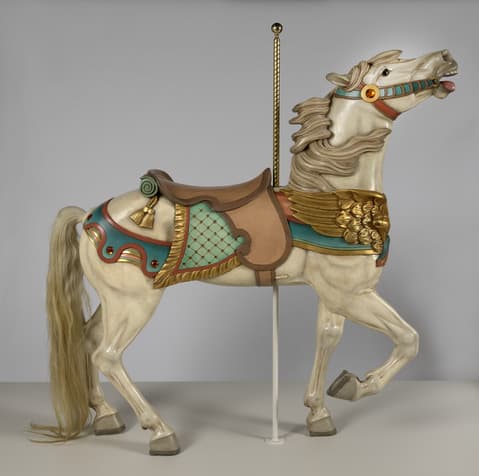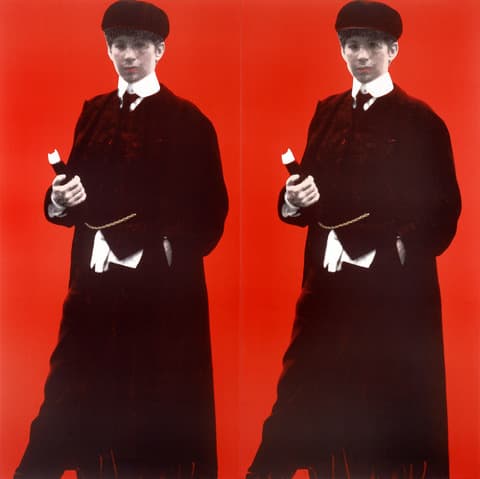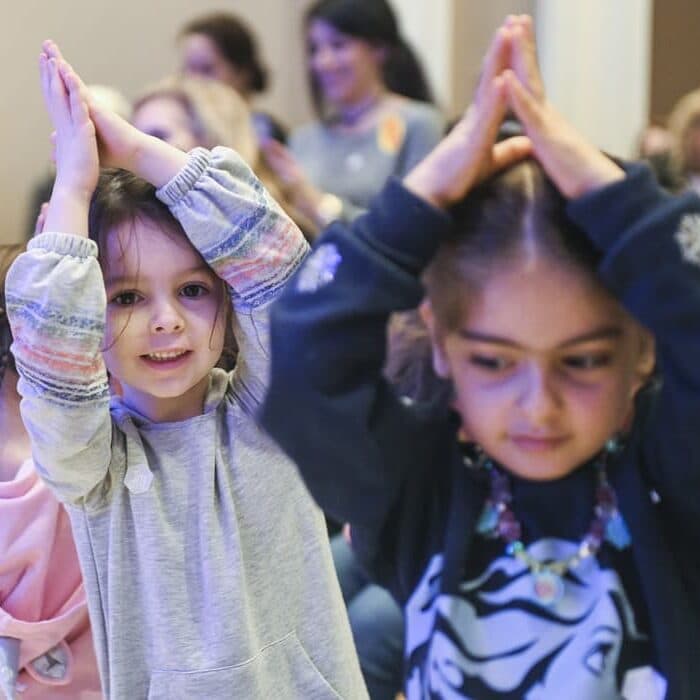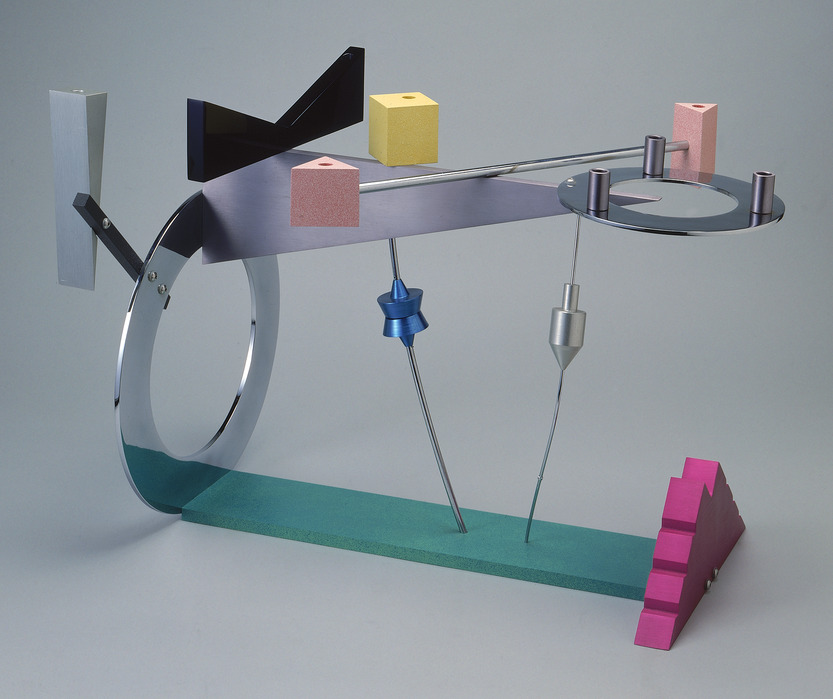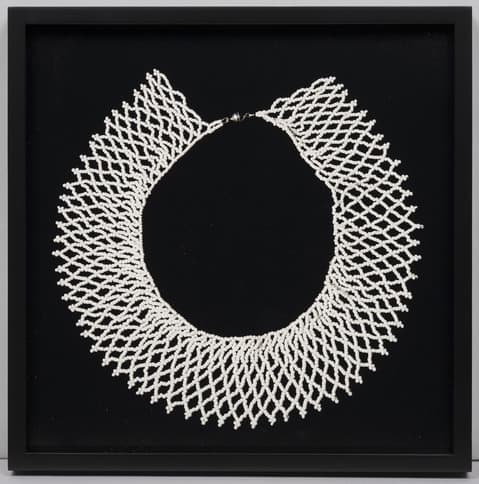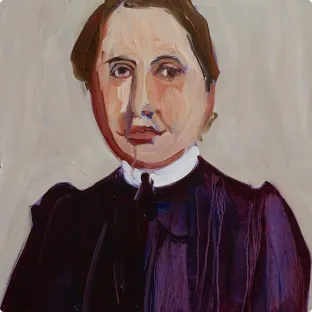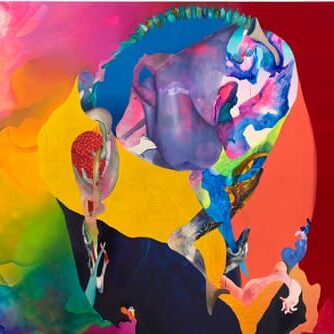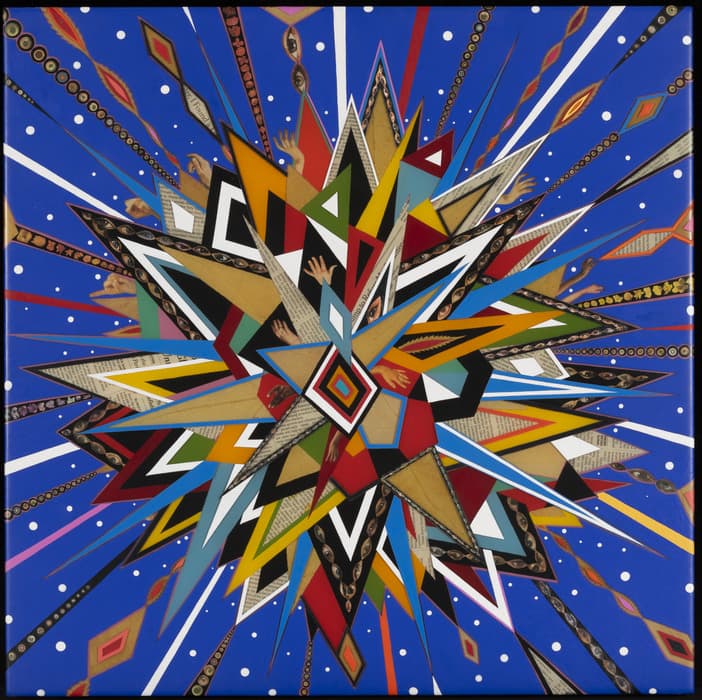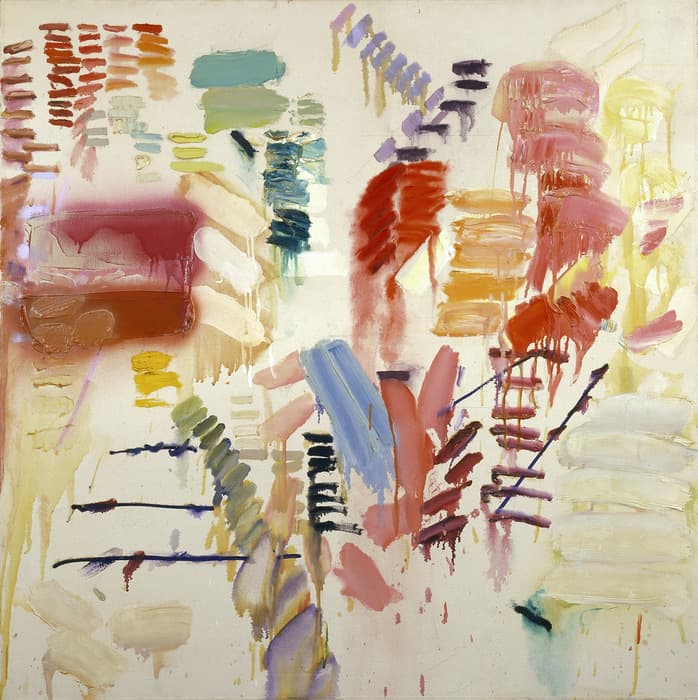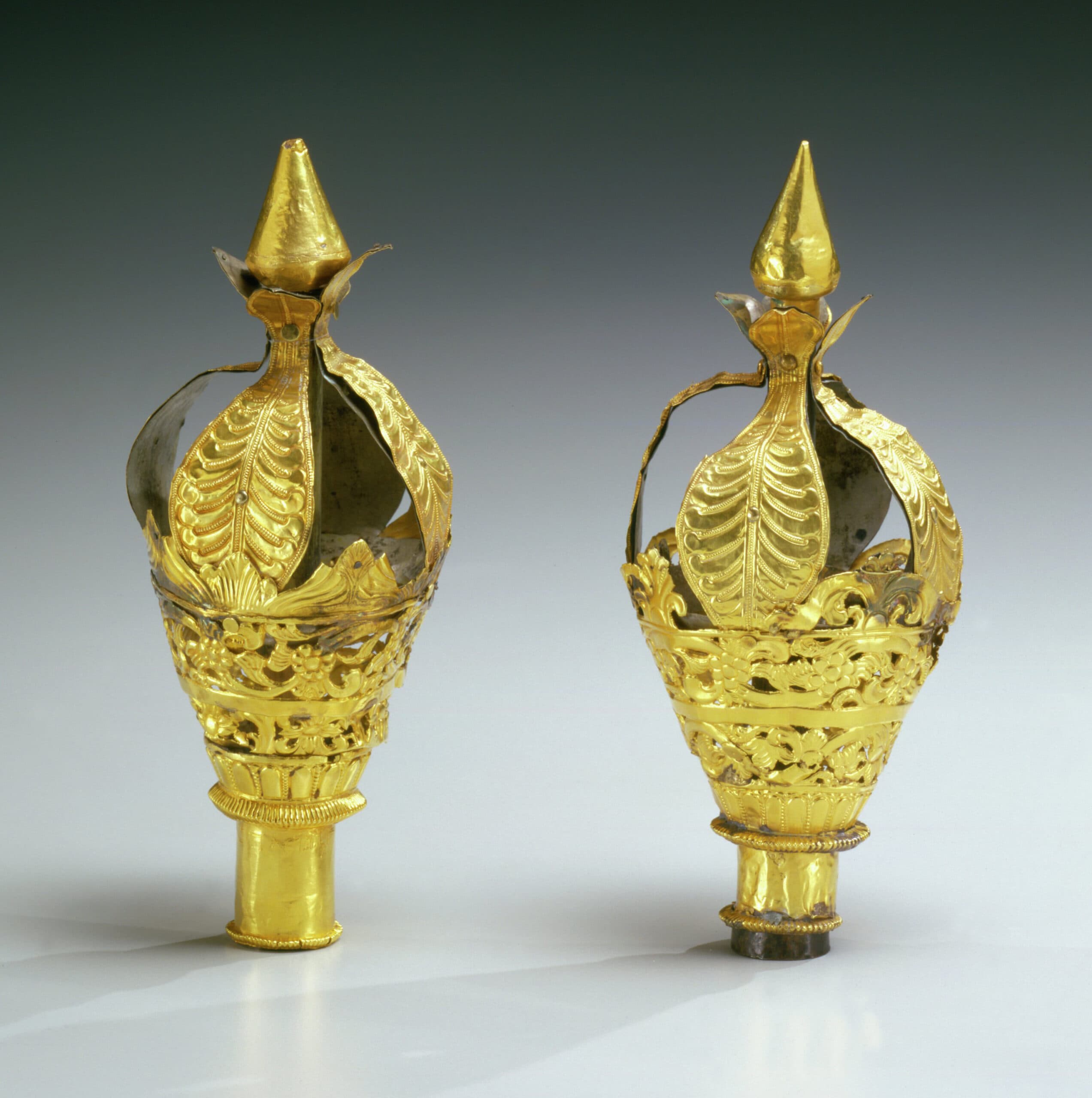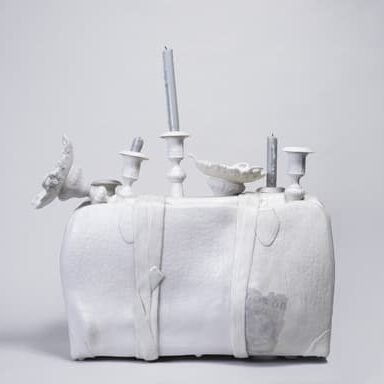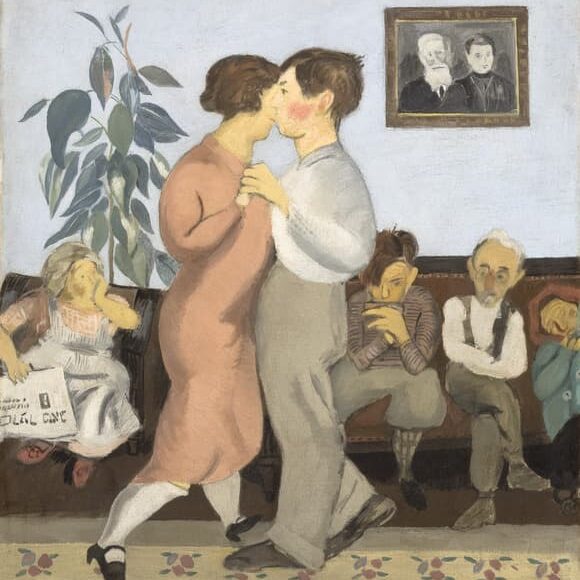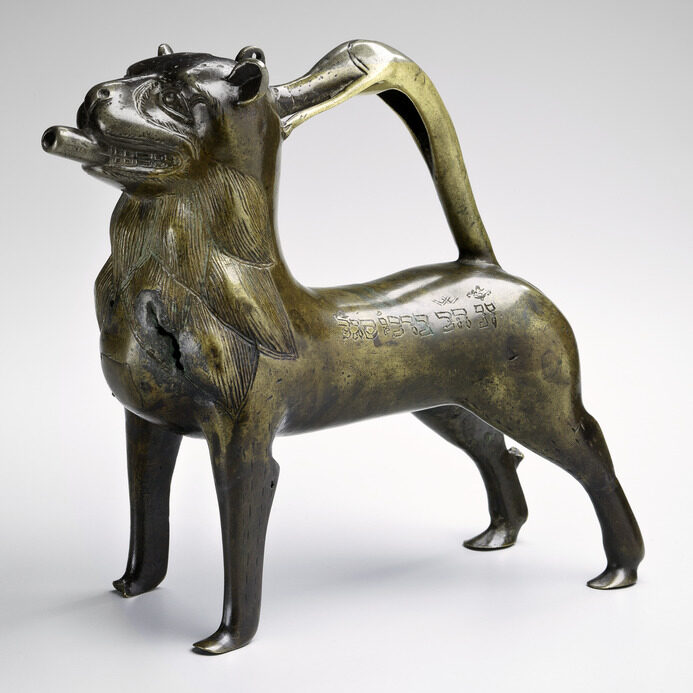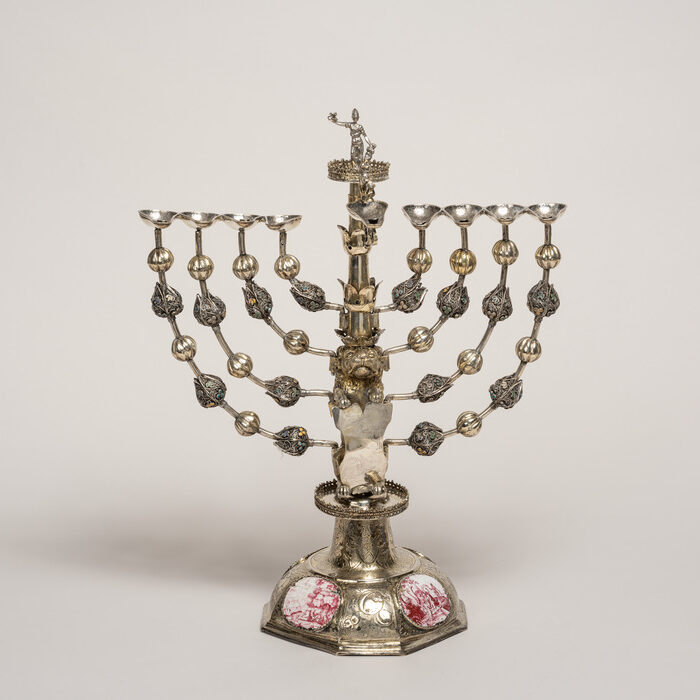The Radical Camera: New York’s Photo League, 1936 – 1951 Opens at The Jewish Museum on November 4
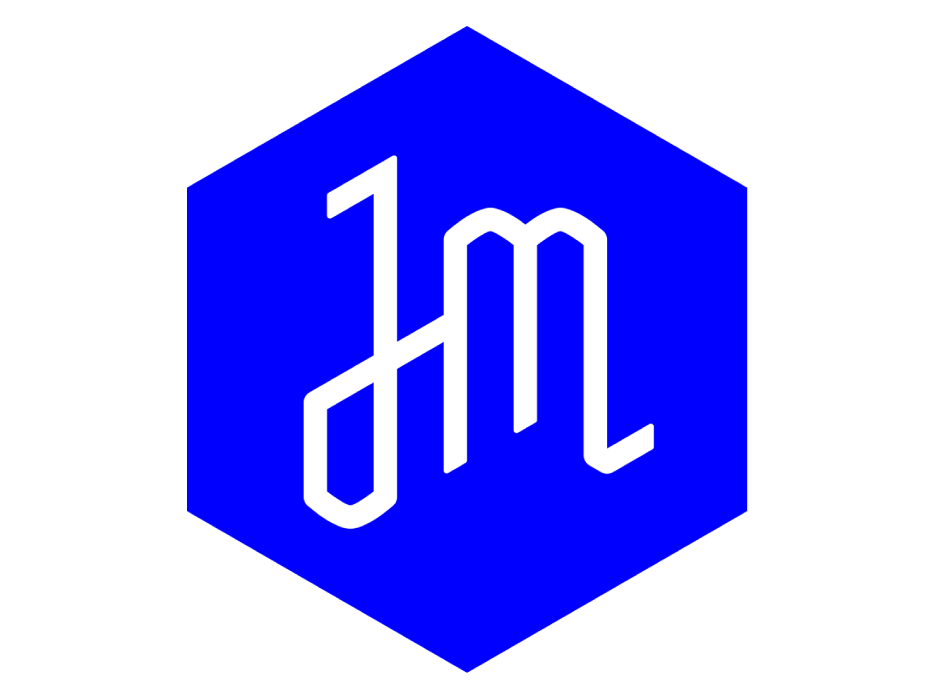
Two Great Photo League Collections Join Together for
First Comprehensive Museum Exhibition in Three Decades
New York, NY — Drawing on the depth of two great Photo League museum collections, The Jewish Museum in New York City and the Columbus Museum of Art in Ohio are collaborating on an exhibition of nearly 150 vintage photographs. The Radical Camera: New York’s Photo League, 1936 — 1951, a formidable survey of the group’s history, its artistic significance, and its cultural, social and political milieu, will premiere at The Jewish Museum from November 4, 2011 through March 25, 2012. The Radical Camera will then travel to the Columbus Museum of Art, Columbus, OH (April 19 — September 9, 2012); the Contemporary Jewish Museum, San Francisco, CA (October 11, 2012 — January 21, 2013); and Norton Museum of Art, West Palm Beach, FL (March 15 — June 16, 2013).
Artists in the Photo League were known for capturing sharply revealing, compelling moments from everyday life. Their focus centered on New York City and its vibrant streets — a shoeshine boy, a brass band on a bustling corner, a crowded beach at Coney Island. Many of the images are beautiful, yet harbor strong social commentary on issues of class, child labor, and opportunity. The Radical Camera explores the fascinating blend of aesthetics and social activism at the heart of the Photo League.
Exhibition visitors will also be able to see excerpts from the award-winning 1953 film Little Fugitive by League members Morris Engel and Ruth Orkin and a 2011 documentary (Ordinary Miracles: The Photo League’s New York, courtesy Daedalus Productions, Inc.) as well as newsreels; ephemera; and an interactive map of New York City showing where over 50 photos were taken.
The innovative contributions of the Photo League during its 15-year existence (1936—1951) were significant. As it grew, the League would mirror monumental shifts in the world starting with the Depression, through World War II and ending with the Red Scare. Born of the worker’s movement, the Photo League was an organization of young, idealistic photographers who believed in documentary photography as an expressive medium and powerful tool for exposing social problems. It was also a school with teachers such as Sid Grossman, who encouraged students to take their cameras to the streets and discover the meaning of their work as well as their relationship to it. The League had a darkroom for printing, published an acclaimed newsletter called Photo Notes, offered exhibition space, and was a place to socialize, especially among first-generation Jewish-Americans.
The first museum exhibition in three decades to comprehensively look at the Photo League, The Radical Camera reveals that the League encouraged a surprisingly broad spectrum of work throughout extraordinarily turbulent times. The organization’s members included some of the most noted photographers of the mid-20th century: W. Eugene Smith, Weegee, Lisette Model, Berenice Abbott and Aaron Siskind, to name a few. The Photo League helped validate photography as a fine art, presenting student work and guest exhibitions by established photographers like Eugène Atget, Henri Cartier-Bresson, and Edward Weston, among others.
These affecting black and white photographs show life as it was lived mostly on the streets, sidewalks and subways of New York. Joy, playfulness and caprice as well as poverty and hardship are in evidence. In addition to their urban focus, Leaguers photographed in rural America, and during World War II, in Latin America and Europe. The exhibition also addresses the active participation of women who found rare access and recognition at the League.
The Radical Camera presents the League within a critical, historical context. Developments in photojournalism were catalyzing a new information era in which photo essays were appearing for the first time in magazines such as Life and Look. As time went on, its social documentary roots evolved toward a more experimental approach, laying the foundation for the next generation of street photographers. One of the principal themes of the exhibition is how the League fostered a multifaceted and changing identity of documentary photography. “A mixture of passion and disillusionment characterizes the Photo League’s growth, which led photographers away from objective documentary images and toward more subjective, poetic readings of life,” said Mason Klein, exhibition co-curator and a curator at The Jewish Museum. “The tenets of truth in documentary photography laid down by League members were also challenged by them and ultimately upended by members of the New York School,” he added. Catherine Evans, exhibition co-curator and a curator of photography at the Columbus Museum of Art, observed that “This museum partnership is an extraordinary opportunity to showcase two in-depth collections. Because the images continue to have relevance today, it is especially important that the exhibition will be seen in four U.S. cities, reaching as broad an audience as possible.”
In 1947, the League came under the pall of McCarthyism and was blacklisted for its alleged involvement with the Communist Party. Ironically, the Photo League had just begun a national campaign to broaden its base as a “Center for American Photography.” Despite the support of Ansel Adams, Beaumont and Nancy Newhall, Paul Strand and many other national figures, this vision of a national photography center could not overcome the Red Scare. As paranoia and fear spread, the Photo League was forced to disband in 1951.
The exhibition has been organized by Mason Klein, Curator of Fine Arts, The Jewish Museum, and Catherine Evans, William and Sarah Ross Soter Curator of Photography, Columbus Museum of Art.
Exhibition Catalogue
In conjunction with the exhibition The Jewish Museum, Columbus Museum of Art, and Yale University Press are co-publishing The Radical Camera: New York’s Photo League, 1936 — 1951 by Mason Klein and Catherine Evans with contributions by Maurice Berger, Michael Levy, and Anne Wilkes Tucker. The 248-page catalogue includes 150 duotones and 76 black-and-white illustrations. The clothbound book will be available worldwide and at The Jewish Museum’s Cooper Shop for $50.00.
Audio Guide
Produced by The Jewish Museum in association with Acoustiguide, a random access audio guide is being created for The Radical Camera: New York’s Photo League, 1936-1951. Available to visitors for $5.00, the audio guide is made possible by Bloomberg.
Sponsorship
The Radical Camera: New York’s Photo League, 1936-1951 has been organized by The Jewish Museum and the Columbus Museum of Art. The catalyst for undertaking this project on the Photo League was the desire to merge two of the foremost museum collections of work by the League acquired throughout the last decade. Both museums share a commitment to expanding the ways in which American art is understood to have evolved to social, political, and economic forces, a context particularly relevant to the momentous times of the League’s existence.
The exhibition is made possible by a major grant from the Phillip and Edith Leonian Foundation, with generous support from the National Endowment for the Arts and Betsy Karel.
The Dorot Foundation publications endowment and the Horace W. Goldsmith Foundation Exhibition Fund also provided important funding.
WNET New York Public Media is the media sponsor of the exhibition.
Related Programs
The Jewish Museum will present freelance author, editor and curator Marvin Heiferman in a lecture on New York’s Photo League, 1936-1951, on Thursday, December 1 at 6:30 pm. Tickets: $15 general public, $12 students and 65+, and $10 Jewish Museum members. Tickets: 212.423.3337 or www.thejewishmuseum.org.
Gallery talks by New York Photo League photographers will be presented at 1 pm on Monday, November 14 with Vivian Cherry and on Monday, November 28 with Marvin Newman. Free with Museum admission.
About the Columbus Museum of Art
The Columbus Museum of Art, founded in 1878, is committed to its mission of creating great experiences with art for everyone. Since its earliest history, the Museum’s collection has been celebrated as a treasure trove of European and American Modernism. The collection includes important examples of Impressionism, German Expressionism, and Cubism. A growing interest in folk art, contemporary art, and photography continues the Museum’s commitment to collecting and exhibiting art of our time. The Museum also presents a rich menu of traveling and CMA-organized special exhibitions, which have garnered critical and popular acclaim. CMA recently renovated its historic Elizabeth M. and Richard M. Ross building and inaugurated its Center for Creativity with a new focus on visitor-centered experiences. The Museum supports its community by fostering imagination, innovation, and critical thinking skills for the 21st century.
The Columbus Museum of Art is located at 480 East Broad Street, Columbus, Ohio. CMA and the Museum Store are open Tuesday through Sunday from 10:00 AM to 5:30 PM, and until 8:30 PM every Thursday. The Palette Express is open Tuesday through Sunday from 10:00 AM to 3:00 PM. Museum admission is $10 for adults; $8 for seniors and students 6 and older; and free for members, children 5 and younger. Admission is free every Sunday. For additional information, call 614.221.4848 or visit www.columbusmuseum.org
The Radical Camera: New York’s Photo League, 1936-1951
Photographers represented in the exhibition
Berenice Abbott, 1898—1991
Alexander Alland, 1902—1989
Lucy Ashjian, 1907—1993
Lou Bernstein, 1911—2005
Nancy Bulkeley
Vivian Cherry, b. 1920
Bernard Cole, 1911—1992
Ann Cooper, b. 1912
Harold Corsini, 1919—2008
Jack Delano, 1914—1997
Robert Disraeli, 1905—1988
Arnold Eagle, 1909—1992
Eliot Elisofon, 1911—1973
Morris Engel, 1918—2005
Harold Feinstein, b. 1931
Godfrey Frankel, 1912—1995
George Gilbert, b. 1922
Leo Goldstein, 1901—1972
Sid Grossman, 1913—1955
Rosalie Gwathmey, 1908—2001
Lewis Wickes Hine, 1874—1940
Morris Huberland, 1909—2003
N. (Nathan) Jay Jaffee, 1921—1999
Consuelo Kanaga, 1894—1978
Sy (Seymour) Kattelson, b. 1923
Sidney Kerner, b. 1920
Arthur Leipzig, b. 1918
Rebecca Lepkoff, b. 1916
Jack Lessinger, 1911—1987
Leon Levinstein, 1910—1988
Helen Levitt, 1913—2009
Sol Libsohn, 1914—2001
Jerome Liebling, 1924—2011
Richard Lyon, 1914—1994
Sam Mahl, 1913—1992
Jack Manning, 1920—2001
Phyllis Dearborn Massar, 1916—2011
Tosh Matsumoto, 1920—2010
Sonia Handelman Meyer, b. 1920
Lisette Model, 1906—1983
Arnold Newman, 1918—2006
Marvin E. Newman, b. 1927
Ruth Orkin, 1921—1985
Marion Palfi, 1907—1978
Sol Prom (Solomon Fabricant), 1906—1989
David Robbins, 1912—1981
Walter Rosenblum, 1919—2006
Edwin Rosskam, 1903—1985
Arthur Rothstein, 1915—1985
Rae Russel, 1925—2008
Edward Schwartz, 1906—2005
Joe Schwartz, b. 1913, Brooklyn, New York
Ann Zane Shanks, b. 1927
Lee Sievan, 1907—1990
Larry Silver, b. 1934
Aaron Siskind, 1903—1991
W. Eugene Smith, 1918—1978
Fred Stein, 1909—1967
Louis Stettner, b. 1922
Erika Stone, b. 1924
Lou Stoumen, 1917—1991
Paul Strand, 1890—1976
Rolf Tietgens, 1911—1984
Elizabeth Timberman, 1908—1988
John Vachon, 1914—1975
David Vestal, b. 1924
Weegee (Arthur Fellig), 1899-1968
Dan Weiner, 1919-1959
Sandra Weiner, b. 1921
Bill Witt, b. 1921
Ida Wyman, b. 1926
Max Yavno, 1911-1985
George S. Zimbel, b. 1929
Press contacts
Anne Scher/Alex Wittenberg, 212.423.3271, [email protected]
